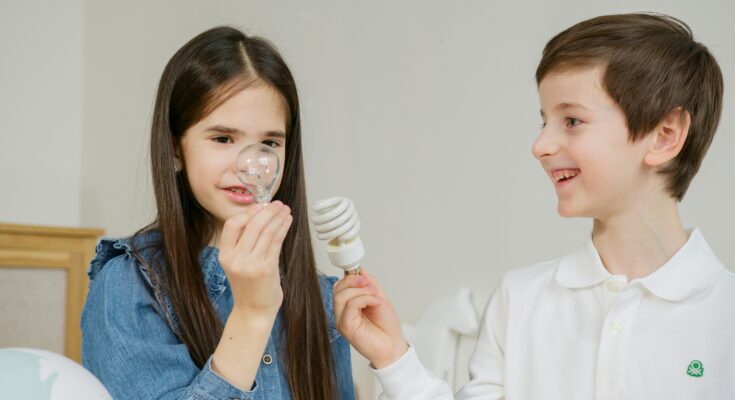With energy bills on the rise and everyone getting a little more worried about the environment, a lot of folks are trying to find ways to make their homes more energy-efficient and save energy at home. The good news is that thanks to the tech we have today and some smart updates, you can cut down on your energy use while still keeping things cozy and comfortable.
Whether you’re trying to save a few bucks, do your part for the planet, or both, I’ve put together a list of 10 solid tips to help you save energy at home. We’ll go through everything from high-tech gadgets to simple changes you can make in your everyday life that can lead to some big savings.
So, let’s jump right into these doable ideas that can turn your home into a more energy-efficient place.
1. Get a Smart Thermostat:
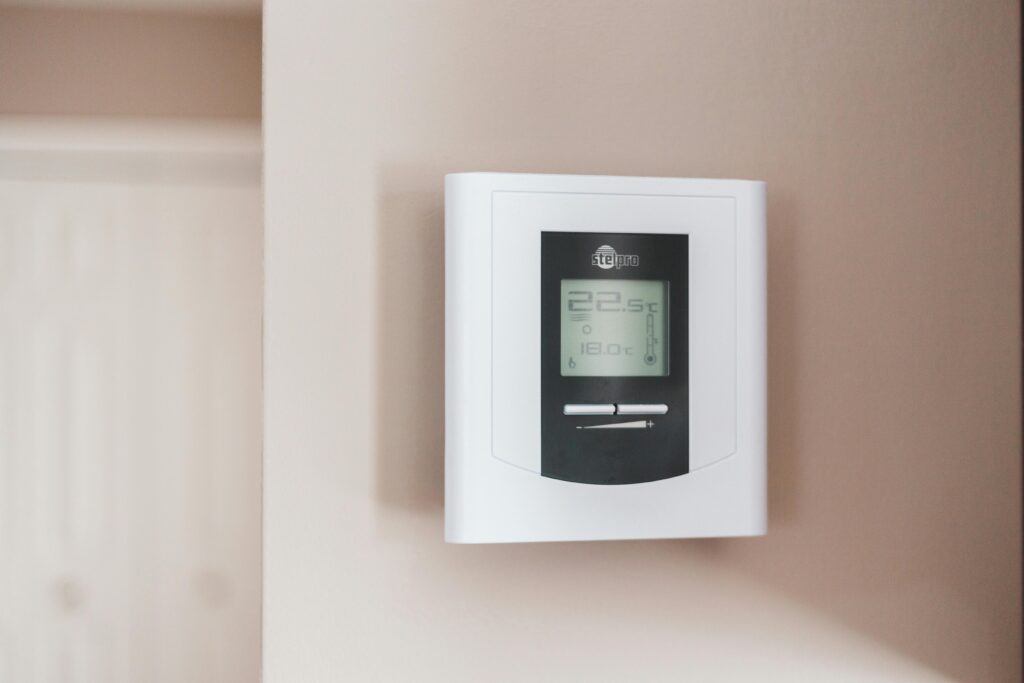
Heating and cooling are typically responsible for almost half of your home’s energy use. So, a thermostat can be your best friend when it comes to saving energy.
Modern smart thermostats like Nest, Ecobee, and Honeywell are way more than just basic timers. They learn when you’re usually home and adjust temperatures automatically when you’re not there. They can also give you a rundown of your energy use through their apps and even connect to the weather to get a better handle on things. Plus, you can control them from your phone, which is super convenient.
Using a smart thermostat can save you about 8% on your heating and cooling costs each year, which could mean an extra 50 to 100 bucks staying in your pocket. Many utility companies offer rebates for them too, so it’s a win-win.
To save the most, set your thermostat to 68°F during winter and 78°F in summer when you’re around, and make bigger adjustments when you’re out. It might feel a little different at first, but those small tweaks can lead to some decent savings in the long run.
2. Switch to LED Smart Lights:
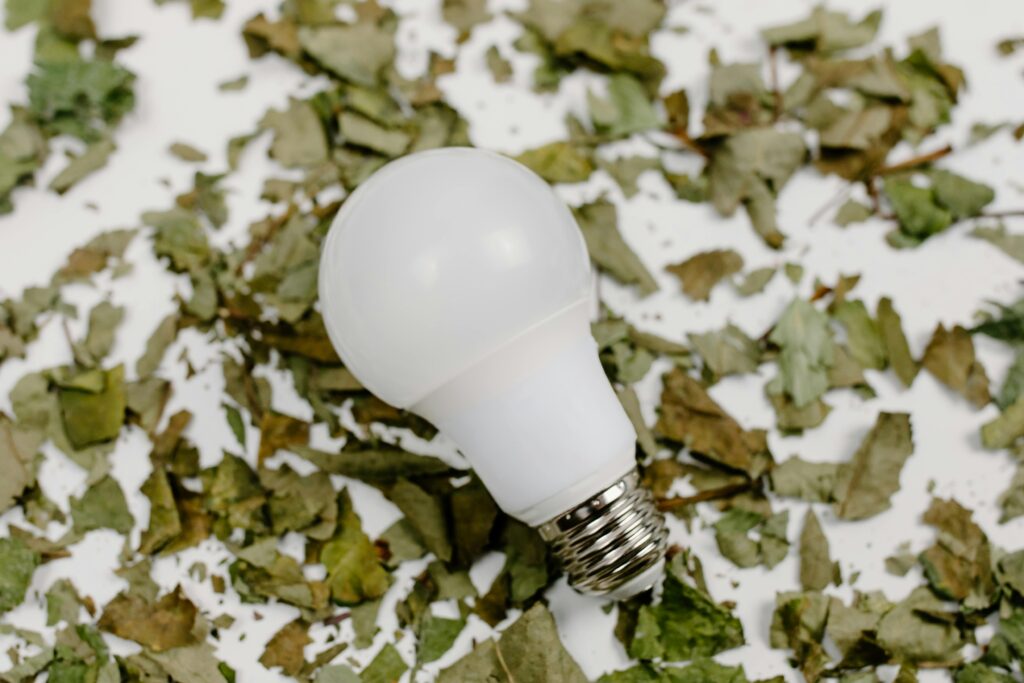
Lighting takes up about 15% of energy use in a typical home, so switching those bulbs out can really help you save. Of course, going with standard LED bulbs is good, but taking that extra step to smart lighting systems can lift your savings even higher.
LEDs use around 75% less energy than those old-school incandescent bulbs and last a whopping 25 times longer. Smart lighting systems like Philips Hue and LIFX add additional features such as motion sensors that keep the lights off when you’re not around. They even let you set schedules that align with how you live. Some of them adjust brightness based on the light coming in from outside, and you can control them right from your phone.
If you’re looking outside, solar-powered lights that come with motion sensors can save you from using any electricity while still keeping your property lit up.
While you may spend a little more upfront on a smart lighting system, pairing LED efficiency with those smart features can cut your lighting energy use by up to 80% compared to traditional setups.
3. Use Smart Power Strips to Cut Down on Phantom Loads:
Did you know that many electronics still suck up power even when they’re turned off? This little energy drain is called phantom load or sometimes vampire power, and it can take a chunk out of your bill—about 10% of your home’s electricity use or around 100 to 200 bucks each year.
Smart power strips are a great way to tackle this hidden energy waste. Unlike regular power strips, these smart ones can completely cut power to devices that are in standby mode. You can even set power cycles for devices like your TV and gaming consoles, operate them from your smartphone, and some models can keep track of how much energy is being used overall.
It’s worth plugging your entertainment systems, office gear, and kitchen gadgets into these smart strips. Look for ones that can detect when the main device is off so that it can shut off the others automatically.
4. Choose Energy Star Appliances When Upgrading to reduce energy consumption:
If you’re thinking of swapping out old appliances, always consider going for Energy Star-certified models. These bad boys are built to meet high efficiency standards and can use about 10-50% less energy than regular ones.
These Energy Star appliances help save not just energy but also water when you’re doing laundry or washing dishes. Plus, many of the newer models come with features that boost their performance, like load sensing in washers or special modes in dishwashers.
When you replace your refrigerator, know that new ones use around 40% less energy compared to models from 2001, while Energy Star clothes washers save about 25% on energy and 33% on water. There are often refunds or rebates from utilities available for these appliances, and in the long run, this investment often pays off.
5. Improve Insulation and Seal Air Leaks:
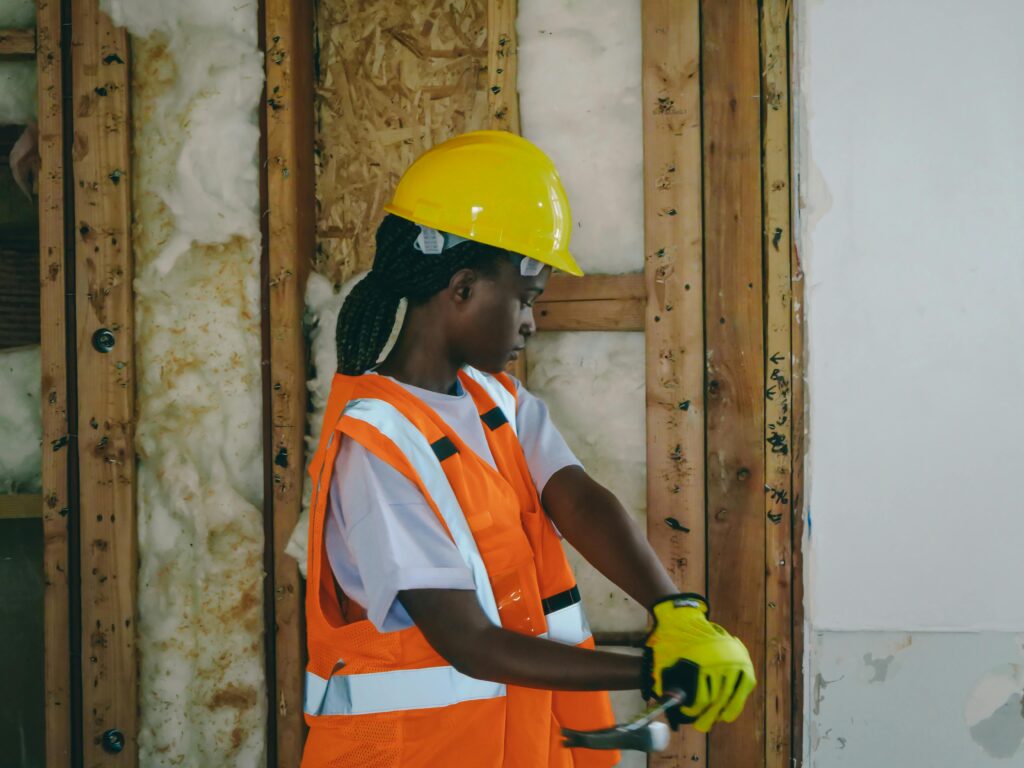
Even the coolest energy-saving gadgets won’t do much if your home isn’t insulated well and there are air leaks. Fixing these basic issues should come first if you want to make a real difference.
Start with your attic – adding insulation can help cut heating costs by 10-20%, and blown-in cellulose or fiberglass are usually affordable options. Don’t skip the air sealing either. You can use caulk and weatherstripping around doors and windows and take care of gaps around pipes and vents. It can lead to a significant drop in energy loss.
Ducts can be a sneaky source of wasted air—up to 30% if they’re leaky. Getting those professionally sealed can make a real impact. If you want to get serious, consider hiring someone for an energy audit to find out where your home might be losing energy; many power companies will even do this for free or at a discount.
6. Consider Solar Power for Cleaner Energy:
Solar energy is getting more popular and affordable these days. The price of solar panels has dropped about 70% over the last decade, and there are federal tax credits and local incentives to help cover installation costs.
When you install solar panels, you can really lower, or even get rid of, your electricity bills. There are also options for battery storage if there’s ever an outage. Even if you can’t install a full solar panel system, you could look into smaller solar projects, like water heaters that can meet most of your hot water needs.
7. Upgrade Your Water Management Practices:
Water heating can take up about 18% of your energy bills, and outdoor watering can use tons of water too. So, smart water solutions can really help you out in these areas.
Look for smart irrigation systems that adjust how much they water based on the weather and monitor soil moisture levels. This can cut your outdoor water waste by 30-50%. You can also save energy with efficient fixtures, like low-flow showerheads, which can save 2,700 gallons a year, or tankless water heaters that are more efficient overall.
8. Keep Track of Your Energy Use:
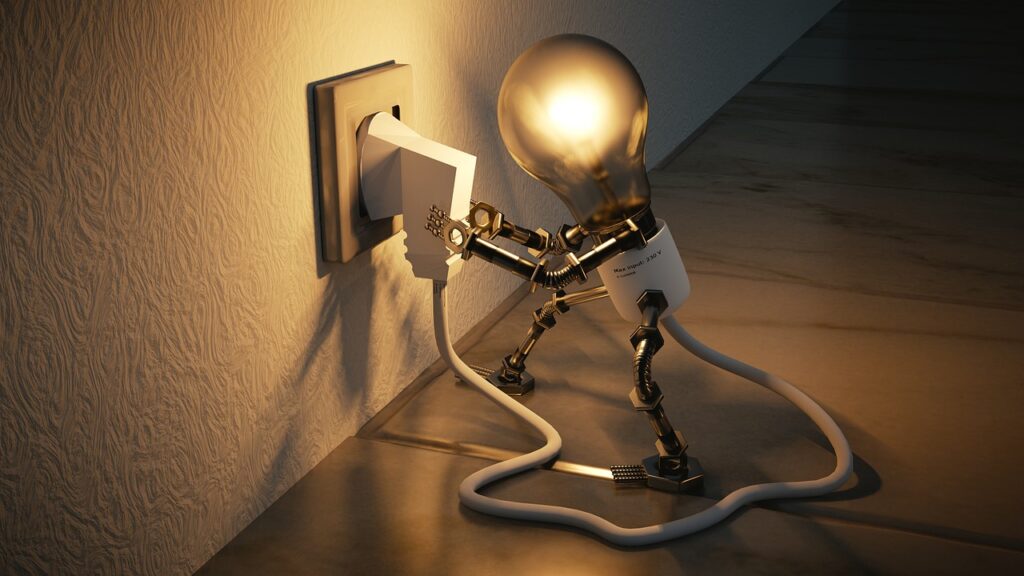
If you want to save energy, it’s super important to know how much you’re actually using. Home energy monitors let you see real-time energy usage, which helps you spot where you may be wasting it. Monitors that track usage by circuit or appliance can help you find the bigger energy hogs.
Smart plugs can show how much energy individual devices consume, and some even let you set schedules or control them from your phone. Just being aware of how much energy you’re using can lead to a 5-15% drop in your energy consumption.
9. Use Smart Window Treatments:
Windows can lose a lot of heat and cool air, making up 25-30% of energy used for heating and cooling. Smart window treatments can help you manage that.
With smart blinds or shades, they can adjust automatically based on the weather and sunshine, helping you to avoid unnecessary heating and cooling costs. On top of that, making sure you have good double- or triple-pane windows can help too. If upgrading isn’t on the table, consider using solar control film or insulating curtains to help with temperature control.
10. Adopt Energy-Saving Daily Habits:
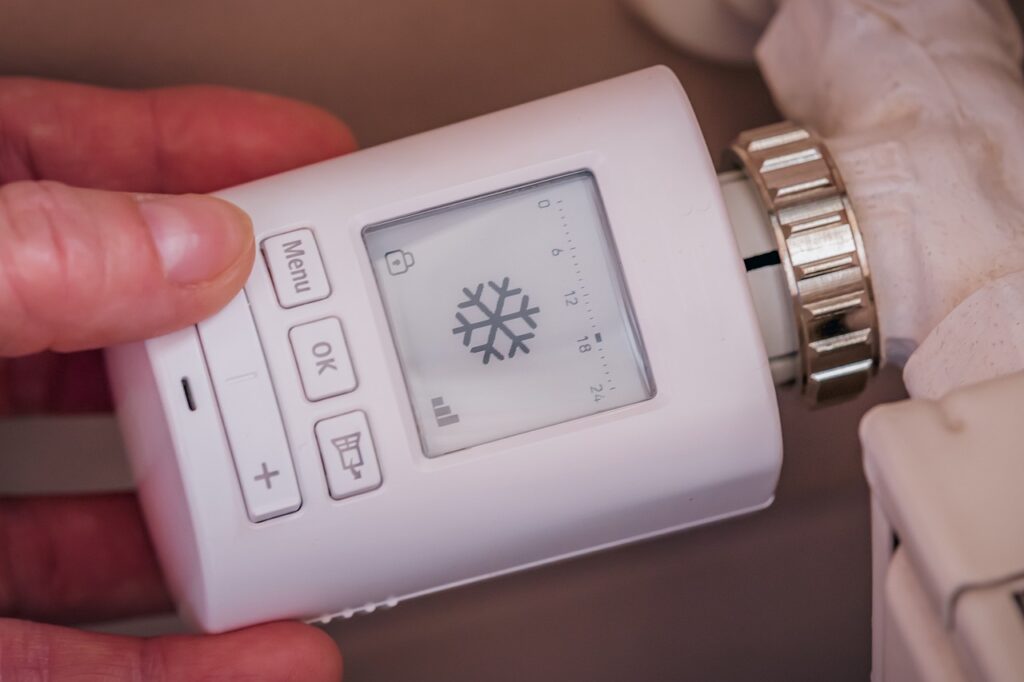
Finally, while tech can help, it’s also important to step up your game with simple daily habits.
For laundry, try washing in cold water as it saves a lot of energy compared to using hot. Air drying is also a solid way to cut down on costs. In the kitchen, opt for a microwave instead of using the oven whenever you can. Keep your fridge coils clean and make sure to unplug chargers when you’re not using them.
Small consistent changes can lead to significant energy savings without any extra costs.
Summing it up: Your Path to a More Energy-Efficient Home:
Making your home energy-efficient doesn’t mean you have to do everything at once. Focus on starting with the changes that will save you the most money, like fixing air leaks or installing a smart thermostat.
Many of these upgrades come with rebates or tax credits, so check with your local utility company. With a little planning, you can lower your energy costs while making your living space more enjoyable.
What’s the first change you’re thinking about making to save energy at home? I’d love to hear your thoughts in the comments!

